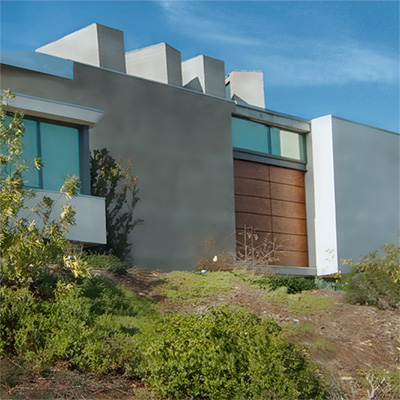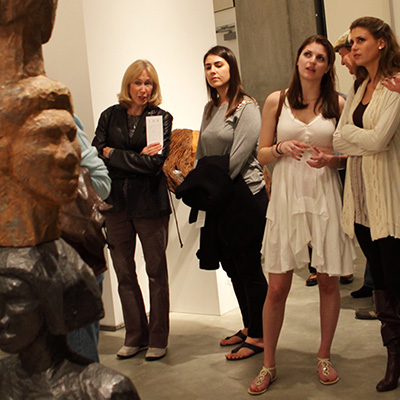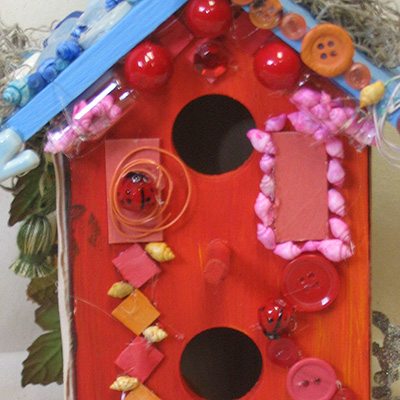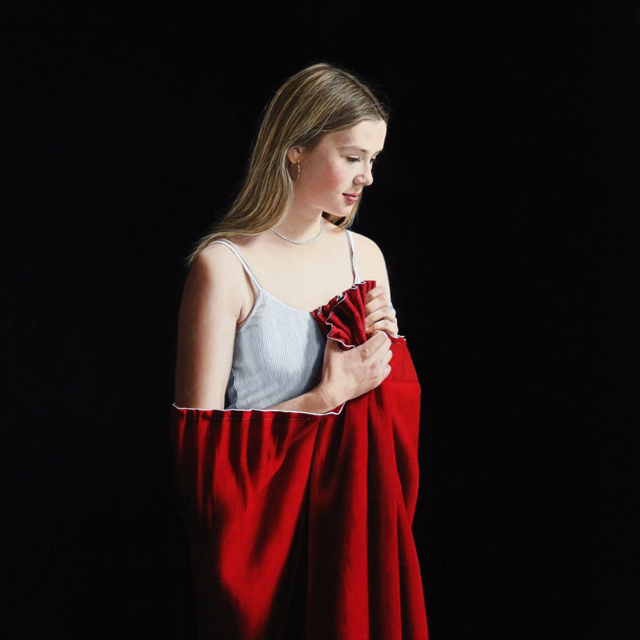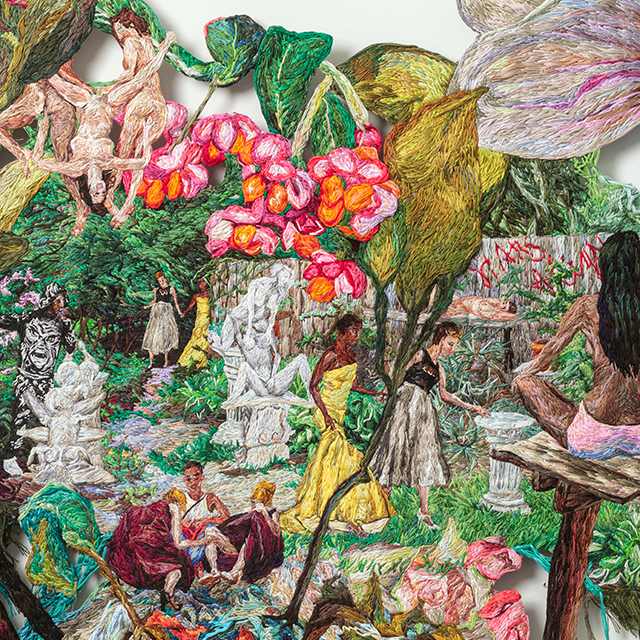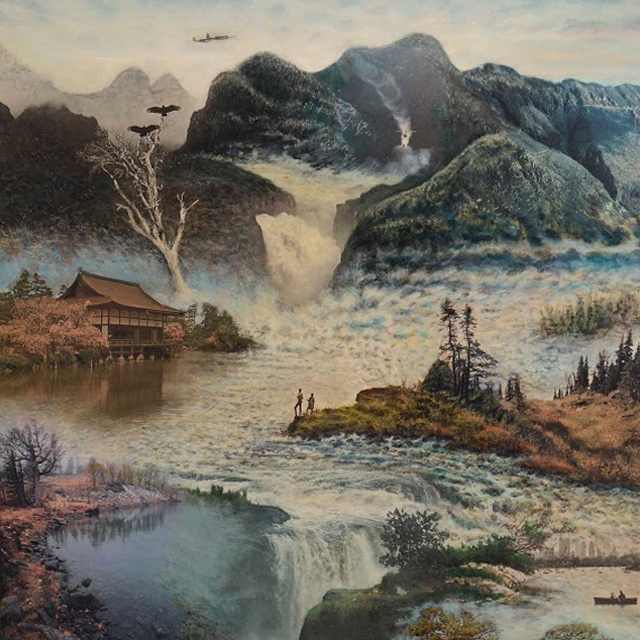
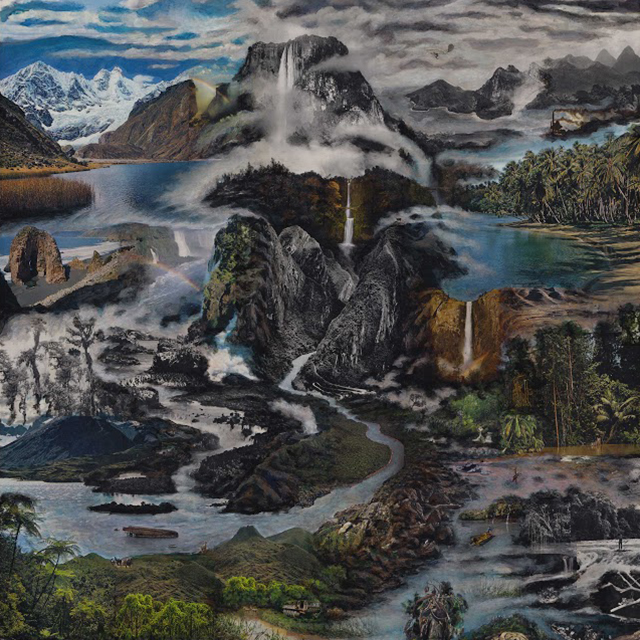
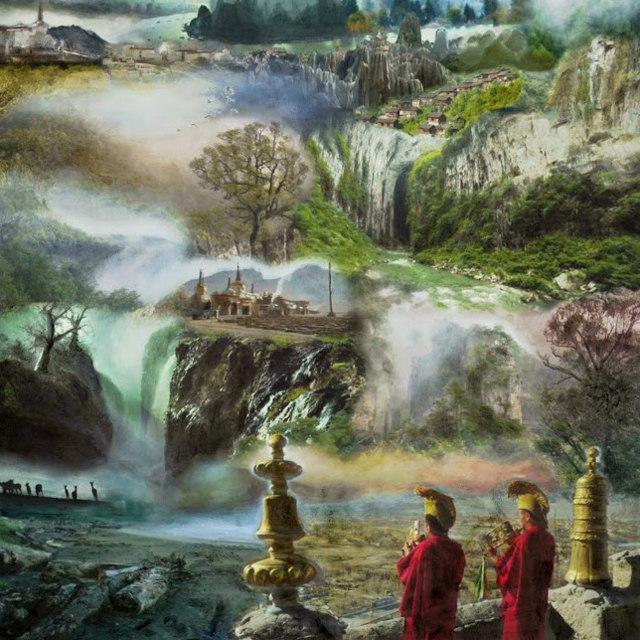
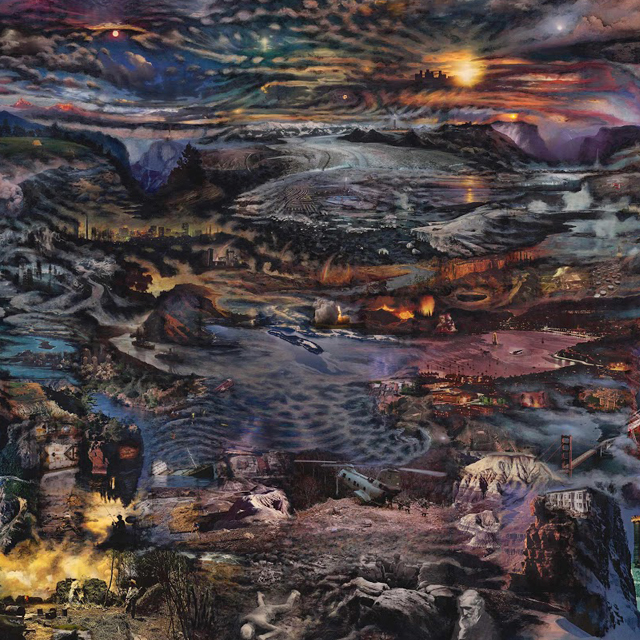
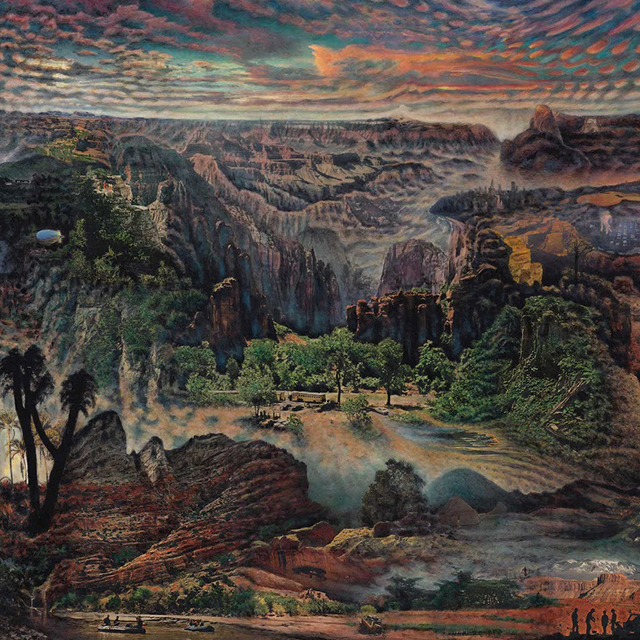
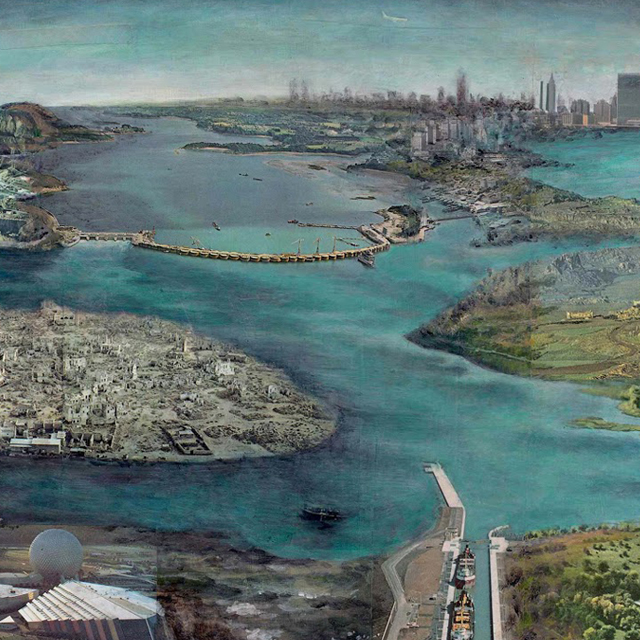
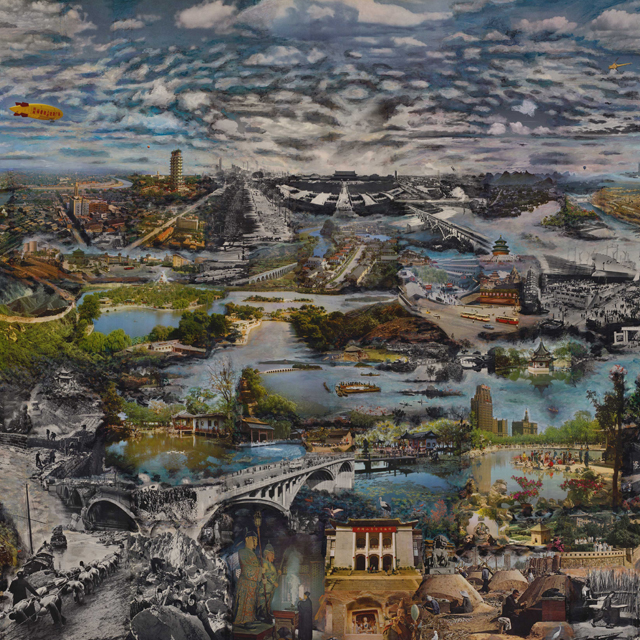
Artist-in-Residence
Max Greis
IN STUDIO
Saturday, September 12, 2015 through
Saturday, October 3, 2015
ON EXHIBIT
Saturday, September 12, 2015 through
Saturday, October 31, 2015
Artist-in-Residence
Max Greis
Made possible in part by the Brutten Family Foundation and William Gerrity
“Whether in painting, video, or diorama, I utilize collage built from many individual landscape scenes, seamlessly blended together to construct a global vision. The world that emerges is composed of my forms, thoughts, and narratives. I call it the Archaic Armageddon.”
A native New Yorker, Max Ernst Greis completed his BFA in painting at the School of Visual Arts in 2005, and his MFA in painting at Hunter College in 2014. He has exhibited widely in the U.S., at venues including the Edward Hopper House Art Center, Katonah Museum of Art, BRIC Rotunda Gallery and the National Arts Club. In 2015, his debut solo show at Pavel Zoubok Gallery was named an Artforum Critics’ Pick in New York.
Influences
Max Greis’ work is rooted within the artistic traditions of photo collage and landscape painting, and heir to a number of different artistic genres. Dada and Surrealist juxtapositions add to the dream‐like atmosphere of the landscapes; Chinese hand scrolls and Japanese woodblock printing influence his stylization and perspective; Northern Renaissance masters, mainly Bruegel and Bosch, inspire an apocalyptic point of view and hyper‐detailed composition; the Hudson River School lends the tradition of speaking through landscape.
Residency: Painting in Motion
During his residency at Lux, Mr. Greis plans to reinterpret the long‐held American artistic tradition of speaking though landscape. He will travel via rail from New York City to California, recording footage and images along the way, and then use the material he gathers to construct a detailed video landscape that will be projected on top of a hand‐painted panel. For the viewer, this translates into a “moving painting” ‐ an innovative hybrid art form whose unique translation of inherited artistic genres creates a distinctly twenty‐first century American landscape narrative.


